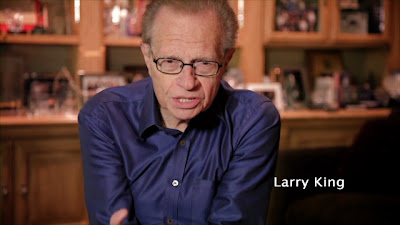Those who escaped from the Sobibor Extermination Camp in Poland furnished detailed-first hand accounts of their revolt. Their stories will be a legacy for all who lived and died in the gates and for the events that happened in October of 1943. A small town on the eastern edge of Poland, Sobibor was the locale for an extermination camp. Outside the camp, a 100-meter long road that the Germans called Himmelstrasse (Road to Heaven) led the way to the gas chambers, where approximately 250,000 Jews and Soviet POWs were executed.
 On September 23, 1943, Alexander Pechersky, a Lieutenant Quatermaster of the Red Army arrived at Sobibor and was chosen for labor. When Solomon Leitman explained to him that in this small plot of land hundreds of thousands of Jewish women, children and men were murdered, he thought of escape, initially wondering, “Should I leave the rest of the prisoners to be tortured and murdered?” He then writes in his memoir, “I rejected this thought.” Pechersky became a figure of authority when he stood up to a German guard at the camp. That’s when people began to approach Pechersky with ideas for an escape plan.
On September 23, 1943, Alexander Pechersky, a Lieutenant Quatermaster of the Red Army arrived at Sobibor and was chosen for labor. When Solomon Leitman explained to him that in this small plot of land hundreds of thousands of Jewish women, children and men were murdered, he thought of escape, initially wondering, “Should I leave the rest of the prisoners to be tortured and murdered?” He then writes in his memoir, “I rejected this thought.” Pechersky became a figure of authority when he stood up to a German guard at the camp. That’s when people began to approach Pechersky with ideas for an escape plan.
 Leon Feldhendler had been leading discussions for an escape, but was unable to come up with a suitable plan, as the camp perimeter was planted with mines. Pechersky and Feldhendler realized that if they could kill the SS officers while other Soviet POWS raided the arsenal, they could take the camp and escape through the gates.
Leon Feldhendler had been leading discussions for an escape, but was unable to come up with a suitable plan, as the camp perimeter was planted with mines. Pechersky and Feldhendler realized that if they could kill the SS officers while other Soviet POWS raided the arsenal, they could take the camp and escape through the gates.
On October 14, 1943, participants led by Pechersky and Feldhendler covertly killed 11 SS personnel with knives and axes; they covered the blood with sawdust. However, an SS guard who had left the camp and returned early discovered one of the bodies and began to shoot at prisoners. At the sound of gunshots, Perchersky cried out for the others to begin their revolt. Some prisoners had obtained hand grenades and guns, others rushed out of their workshops to escape, some who were unaware of the revolt chose not to leave. All who stayed were executed.
Out of 550 prisoners of Sobibor, 300 made it out of the prison gates; though many, including Leon Feldhendler, were caught by German soldiers and local collaborators. Within days of the revolt, Heinrich Himmler ordered the camp closed, razed, and planted over with trees. After the war was over, only 53 Sobibor prisoners had survived. Pechersky and other survivors joined up with partisan brigades, including an all-Jewish otriad called Yehiel’s Group, and continued to sabotage the Germans. Others who survived were able to, in their own way, bring their perpetrators to justice. Thomas Blatt interviewed former German guard at Sobibor, Karl Frenzel, and contributed to the book, Escape from Sobibor, which gives various personal accounts of the events. Finally, Esther Raab, Thomas Blatt, Chaim Engel, Regina Zielinski, and Kurt Thomas gave these amazing interviews to USC Shoah Foundation, here.
For more information on the story of Sobibor and its participants, see these articles:



























 For complete quotes with context and discussion questions, download the Ethics and 'Defiance' guide at
For complete quotes with context and discussion questions, download the Ethics and 'Defiance' guide at 











